Cozumel Sargassum Turtles
Cozumel Turtle Trivia: Sargassum
Update by Biol. C. Ricardo Peralta M. ….
Editors Note: Biol.C. Ricardo Peralta is back!! After a few years of hiatus – Ricardo has promised to keep Cozumel 4 You readers abreast of all the happenings of the 2018 Turtle Season!
Did you know?
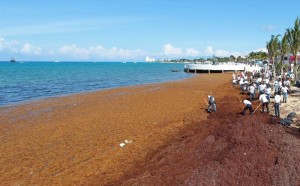 That the sargassum crisis started roughly in 2011?
That the sargassum crisis started roughly in 2011?
The sargassum seaweed is a species of brown algae, related to the kelp, that usually grows in the middle of the Atlantic Ocean, in a zone properly named Sargasso Sea.
Species of this genus of algae may grow to a length of several metres. They are generally brown or dark green in color and consist of a holdfast, a stipe, and a frond. Oogonia and antheridia occur in conceptacles embedded in receptacles on special branches. Some species have berrylike gas-filled bladders that help the fronds float to promote photosynthesis. Many have a rough sticky texture that, along with a robust but flexible body, helps it withstand strong water currents.
Thick masses of Sargassum provide an environment for a distinctive and specialised group of marine animals and plants, many of which don’t live elsewhere. Sargassum is commonly found in the beach drift near Sargassum beds, where they are also known as gulfweed, a term that also can mean all seaweed species washed up on shore. It also helps the turtle hatchlings as a refuge from predators until they are mature.
The problem with the sargassum arose when the masses were overgrowing way out of the natural volume, blocking the beaches in several islands, which are used by many species of sea turtles. The adult turtles sometimes gets entangled and perish due to dehydration and the hatchlings face a though wall on their way to the ocean. Punta Sur has experiencied this with the personel being sent to remove it and pile it up in areas without sand, which are normally ignored by the sea turtles.
The Punta Sur Nesting Zone has 5 named beaches or areas. Playa Caguama 845 meters, 5 de Junio 901 meters, Punta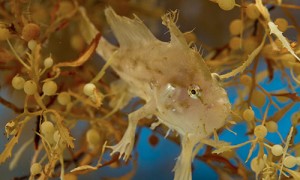 Cuzam 813 meters, Caracol 325 meters and Celarain 914 meters, with the total lenght of 3,798 meters, almost 4 KM!!!
Cuzam 813 meters, Caracol 325 meters and Celarain 914 meters, with the total lenght of 3,798 meters, almost 4 KM!!!
The area most affected seems to be part of 5 de junio. But fortunately the highest concentration of nests is in Punta Celarain, close to the lighthouse, holding up to date 252 from 597 nests recorded so far.
The reason why the sargassum is overgrowing is still under research, but some hypothesis point to global warming and the spill of fertilizers in the ocean
Sources:
http://www.sciencemag.org/news/2018/06/mysterious-masses-seaweed-assault-caribbean-islands
https://repeatingislands.com/2018/04/04/sargassum-a-nightmare-in-the-caribbean/
Cozumel’s “Centro de Conservacion y Educacion Ambiental”, which is headed by Biol. Rafael Chacon, and overseen by the FPMC (Foundation of Parks & Museums in Cozumel) has an amazing eco-park on Av. 65 Biol. Cristina Mota is in charge of the Turtle Camp. If you wish to get info about the turtle activities, donate or purchase an official T-Shirt, Rafael, Cristina, Ricardo and the rest of the staff will be there to serve you!!!To find out more about the program, or to get involved, please contact Ricardo, at charlesrichard527@hotmail.com visit their Facebook page Centro de Conservacion y Educacion Ambiental
Trivia-tortuga de Cozumel: El sargazo
Actualizacion del biólogo C. Ricardo Peralta M. . . .
Nota de la Editora: ¡El biólogo C. Ricardo Peralta está de regreso! Después de varios años de receso, Ricardo ha prometido mantener a los lectores de Cozumel 4 You al día de lo que ocurre en la temporada de tortugas 2018!
¿Sabían que?
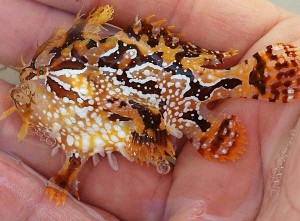 ¿La crisis del sargazo empezó aproximadamente en el año 2011?
¿La crisis del sargazo empezó aproximadamente en el año 2011?
El alga del sargazo en una especie de alga parda emparentada con el kelp que por lo general se desarrolla en pleno Océano Atlántico, en una zona propiamente conocida como el Mar de los Sargazos.
Las especies de este género de algas pueden crecer hasta varios metros de longitud. Por lo general, su color es pardo o verde obscuro y consisten de un anclaje, estipe y fronda. Los oogonios y los anteridios se presentan en conceptáculos incorporados en receptáculos en ramas especiales. Algunas especies tienen vejigas similares a bayas que ayudan a que las frondas floten con el objeto de favorecer la fotosíntesis. Muchas tienen una textura áspera y pegajosa que, junto con un cuerpo sólido pero flexible, ayudan a soportar fuertes corrientes marinas.
Gruesas masas de sargazo ofrecen un ambiente adecuado para un grupo específico y especializado de animales y plantas, muchos de los cuales no habitan en ningún otro sitio. Es común encontrar sargazo en la línea de la costa cerca de franjas de sargazo, también conocidas como maleza del Golfo, un termino que también puede referirse a todas las especies de algas que llegan a la costa. También ayuda a las crías de tortuga como una especie de protección de los depredadores hasta el momento que maduren.
El problema con el sargazo surgió cuando las masas crecían mucho más que el volumen natural, obstaculizando las playas de numerosas islas que son usadas por diversas especies de tortugas marinas. En ocasiones las tortugas adultas se enredan en el sargazo y fallecen a causa de la deshidratación, y las crías se enfrentan con un muro en su trayectoria hacia el océano. Punta Sur ha tenido la experiencia con esto y ha sido necesario enviar personal para retirar el sargazo y formar pilas en áreas sin arena, lo cual por lo general es ignorado por las tortugas marinas.
La zona de anidación de Punta Sur cuenta con 5 playas o áreas: Playa Caguama de 845 metros; 5 de Junio con 901 metros; Punta Cuzam de 813 metros; Caracol con 325 metros y Celarain 914 metros, arrojando un total de 3,798 metros, ¡casi 4 kilómetros!
Parece ser que el área más afectada es una parte de 5 de Junio; sin embargo, afortunadamente, la mayor concentración de nidos se encuentra en Punta Celarain cerca del faro, siendo que tiene 252 de 597 registrados a la fecha.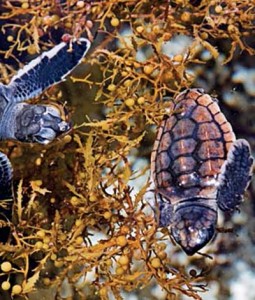
Aún se estudia el motivo por el cual el crecimiento del sargazo es desmesurado; y ciertas hipótesis apuntan al calentamiento global y la derrama de fertilizantes en el océano.
Fuentes:
http://www.sciencemag.org/news/2018/06/mysterious-masses-seaweed-assault-caribbean-islands
Sargassum: A Nightmare in the Caribbean
El Centro de conservación y Educación Ambiental de Cozumel, encabezado por el biólogo Rafael Chacón y supervisado por la Fundación de Parques y Museos de Cozumel, cuenta con un magnífico eco-parque en la Avenida 65. La bióloga Cristina Mota está a cargo del Campamento Tortuguero. Si desean información sobre las actividades con las tortugas, donar o comprar una camiseta oficial, Rafael, Cristina, Ricardo y el resto del equipo están ahí para servirle. Para averiguar más acerca del programa o de cómo participar, por favor pónganse en contacto con Ricardo a través de charlesrichard527@hotmail.com; visiten la página del Centro de Conservacion y Educacion Ambiental en facebook.
______________________________
Una ex yanqui de Connecticut quien llama hogar a Cozumel desde hace más de 15 años. Laura escapó al Caribe hace años, desplazándose de una isla a otra dando clases de BUCEO. Se dedicó a perder el tiempo en Jamaica y finalmente se detuvo en Cozumel para pasar unas vacaciones de 2 semanas que aún no terminan. Convenciendo a sus padres que pagaran una elegante universidad privada, obtuvo su título en Periodismo y Laura crea semanalmente Cozumel 4You, medios sociales y artículos promocionales sobre la Isla y también es moderadora en el grupo Cozumel 4 You en Facebook que actualmente cuenta con 25,000 miembros. Fabián, s umuy tolerante marido, desde hace mucho tiempo se resignó a no tener vida privada, pues se ha visto implicado en los diversos proyectos y planes que urde Laura. Son orgullosos padres de diversos perros y gatos rescatados. Mientras contempla su paso a través de la vida en el Caribe mexicano,Laura continúa siendo la pesadilla en la existencia de su muy tradicional suegra mexicana.
- San Miguel Cozumel Celebrates 176 Years - December 12, 2025
- Flamingos Punta Sur - December 12, 2025
- Cozumel Hurricane Season 2025 - December 11, 2025
An ex-Connecticut Yankee who has called Cozumel home for over 18 years, Laura ran away to the Caribbean years ago, bumped around the islands teaching SCUBA diving, lost some time in Jamaica, and finally stopped in Cozumel for a 2 week vacation that hasn’t ended yet. With a degree in Journalism from a fancy private college she convinced her parents to pay for, Laura writes, edits, and creates the weekly Cozumel 4 You news, social media, and promotional articles about the island, as well as moderates the Cozumel 4 You Facebook group, which currently has over 25,000 members. Her long suffering husband, Fabian, has long since resigned himself to having zero private life, as he’s been involved in her various schemes and plots since his arrival. Proud parents to a variety of rescue dogs and cats, Laura continues to be the bane of her traditional Mexican mother-in-law’s existence, as she muses her way through life in the Mexican Caribbean. ______________________________ Una ex yanqui de Connecticut quien llama hogar a Cozumel desde hace más de 15 años. Laura escapó al Caribe hace años, desplazándose de una isla a otra dando clases de BUCEO. Se dedicó a perder el tiempo en Jamaica y finalmente se detuvo en Cozumel para pasar unas vacaciones de 2 semanas que aún no terminan. Convenciendo a sus padres que pagaran una elegante universidad privada, obtuvo su título en Periodismo y Laura crea semanalmente Cozumel 4You, medios sociales y artículos promocionales sobre la Isla y también es moderadora en el grupo Cozumel 4 You en Facebook que actualmente cuenta con 25,000 miembros. Fabián, s umuy tolerante marido, desde hace mucho tiempo se resignó a no tener vida privada, pues se ha visto implicado en los diversos proyectos y planes que urde Laura. Son orgullosos padres de diversos perros y gatos rescatados. Mientras contempla su paso a través de la vida en el Caribe mexicano, Laura continúa siendo la pesadilla en la existencia de su muy tradicional suegra mexicana.
Cozumel Hurricane Season 2025
Cozumel & Quintana Roo Finish 2025 Hurricane Season Without Incident As the...
ByLaura WilkinsonAugust 30, 2018Cozumel Nurse Sharks Mating
Love in the Shallows: Nurse Sharks Put On a Rare Late Season...
ByLaura WilkinsonAugust 30, 2018Cozumel Birdwatching Peak Time
Cozumel Welcomes 100+ Migratory Bird Species As Cold Fronts Usher In Peak...
ByLaura WilkinsonAugust 30, 2018Cozumel Flamboyana Trees
Cozumel Flamboyana Trees Bloom Flamboyana Trees: Cozumel tradition The Flamboyana trees in...
ByLaura WilkinsonAugust 30, 2018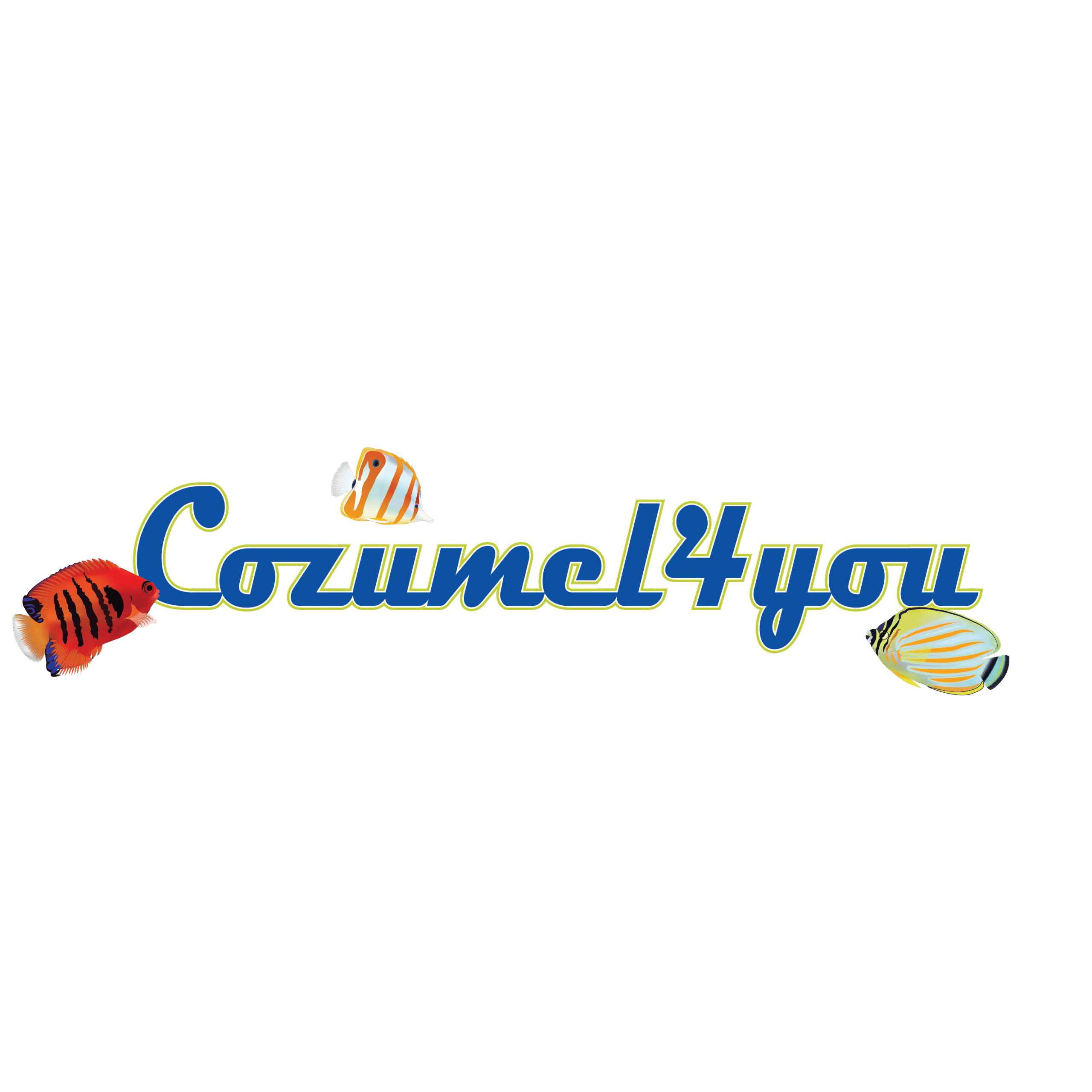


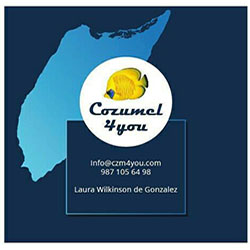
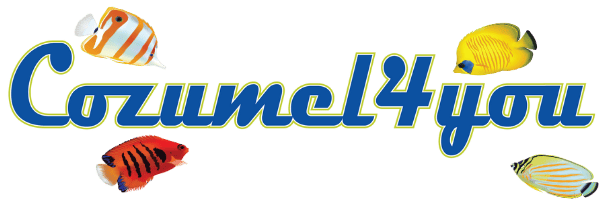


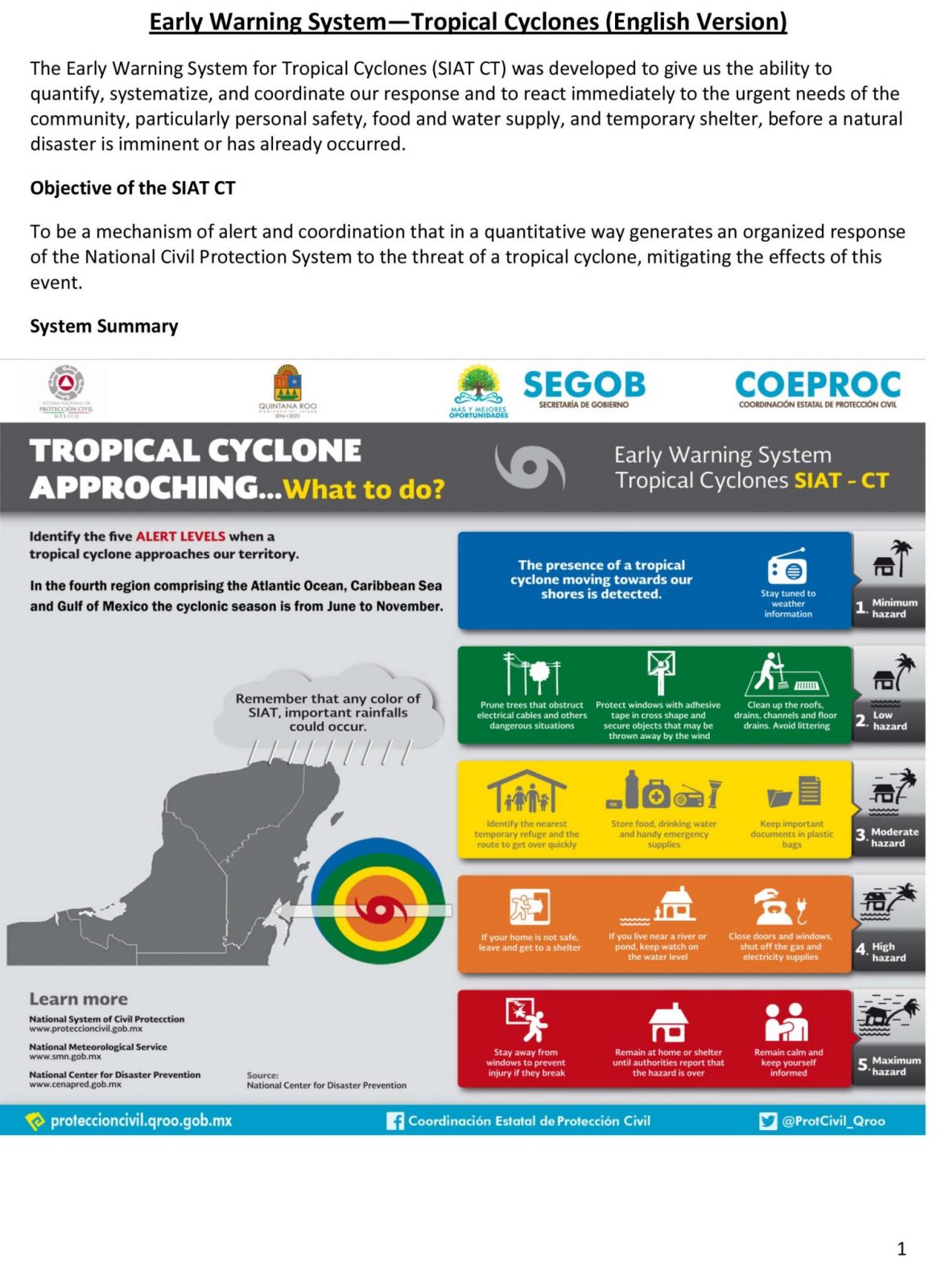
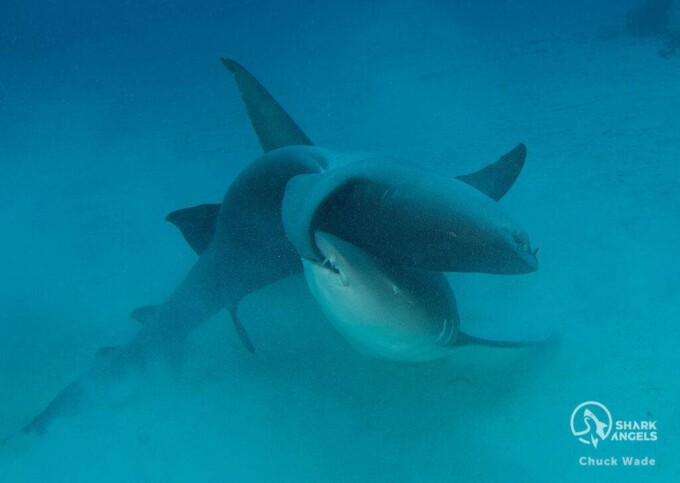
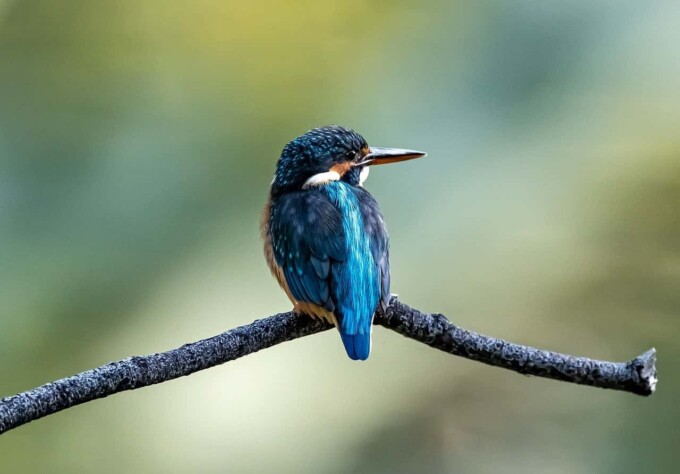
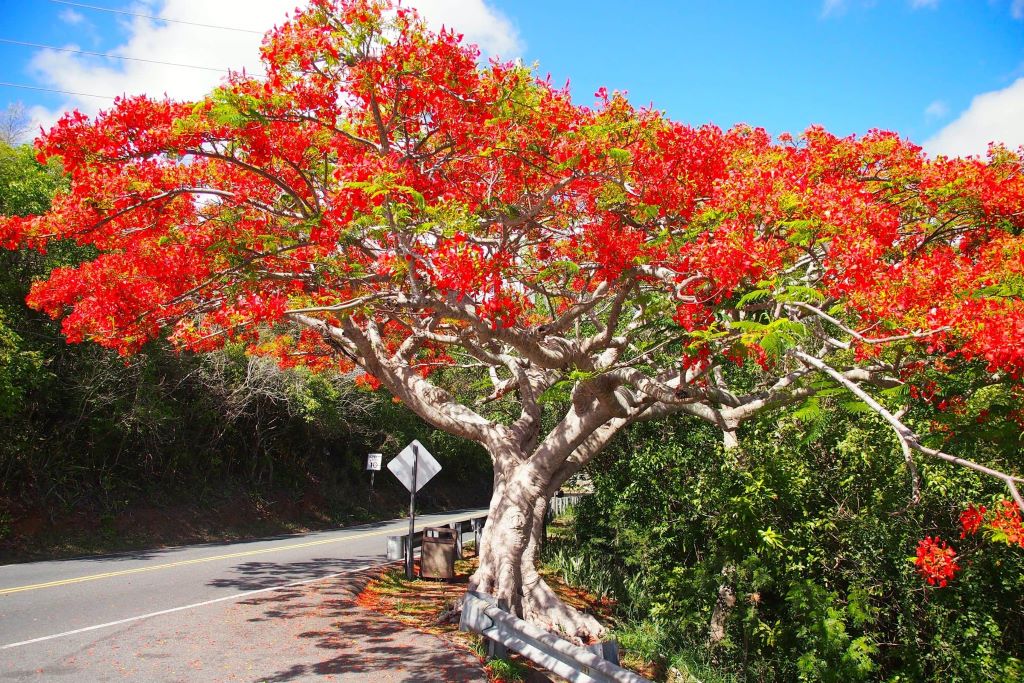









Leave a comment